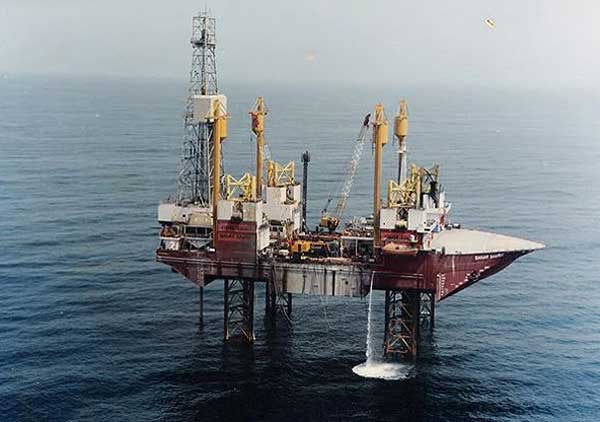New Delhi [India], July 31 –– A resurgence of coronavirus (Covid-19) triggered sharp declines in India’s domestic oil demand over the second quarter. However, experts say demand should rebound in H2, supported by the normalisation of economic activity and population mobility along with a seasonal boost to consumption.
A new report by Fitch solutions said revitalised vaccination drive and rising natural immunity will neuter the threat of virus over time. However, low vaccination rate, supply-side shortages and vaccine hesitancy among marginal and rural populations will leave open the door on renewed outbreaks and spread of new variants over coming quarters.
High fuel prices pose an additional risk to the demand recovery, with the ongoing rally in crude prices combining with domestic tax hikes to significantly raise prices at the pump.
With low consumer and business confidence levels likely to linger, the pace of economic recovery is already uncertain. High oil prices will only add pressure on households and businesses and could ultimately drag on economic activity.
Tax cuts will relieve the pressure, said the report. But with a stubbornly high budget deficit to contend with, the government has somewhat limited room to manoeuvre fiscally.
However, said the report, price pressures should soften next year as the global crude market moves into oversupply and prices soften.
The long-term oil demand outlook for India remains firmly bullish, reflecting supportive economic and demographic fundamentals and rising vehicle ownership. Economists generally hold a constructive outlook on Indian economy, highlighting the country as one of the global outperformers in the post-pandemic recovery.
Strong real GDP growth (forecast to average 7 per cent y-o-y over the coming decade) and a large, growing and urbanising population point to robust demand for energy. For 2021-2030, Fitch forecast total oil demand growth to average 5.6 per cent y-o-y.
New Delhi’s rising climate ambitions pose some risk to the outlook.
Given the dominance of transport sector in overall oil demand mix, the push towards wider EV uptake is a potential downside risk. However, domestic EV uptake faces numerous financial, infrastructural and technological barriers and estimates suggest that EVs will make-up less than one per cent of the domestic vehicle fleet in 2030.
Fitch said demand destruction stemming from the switch to alternative fuels will be fairly negligible over a 10-year horizon and may pick up pace thereafter. However, rising fuel economy standards will likely have a more material impact within the period.
